
If you’re looking for Spanish seaside towns, you’ve come to the right place. The city of Vigo lies on the Atlantic Ocean and has approximately 38 beaches to offer. In every corner of Vigo you can feel the gentle sea breeze of the Atlantic. Of course, there is a port here where ships arrive and depart. Of course, you can learn about the city’s culture and history by visiting its monuments, which I strongly encourage you to do.

Vigo is a Spanish city in the region of Galicia, close to the border with Portugal, on the Atlantic Ocean. Vigo is one of the largest cities in Spanish Galicia. The town is adjacent to the Ria de Vigo Bay.
The port of Vigo is one of the most important in Spain, as well as one of the main recipients of fresh fish and seafood from all over Europe. Fishing is such an important activity in this Galician city that it has been included in the network of tourist trails.
Port of Vigo
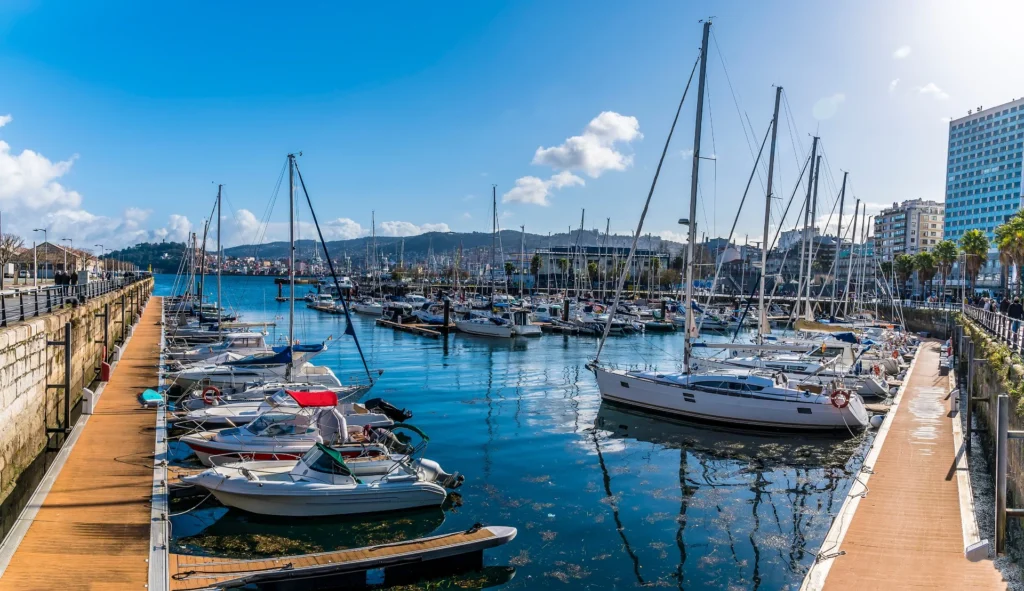
The port of Vigo is over 20 kilometers long and has over 9 kilometers of docks. It is said to be one of the most beautiful natural harbors in the world, and its maritime values gave rise to the current marinas and transatlantic port. With a mooring line of 702 m, the port can easily handle the largest ships in the world.
O Berbés

The old town of Vigo is known as O Berbés, in fact it is the old fishing port of the city, consisting of several old one- or two-story houses made of granite. Most of these houses were built in the 18th and early 19th century. An important point is the Iglesia de Santa María church, which is a must-see.
Castro’s Fortress
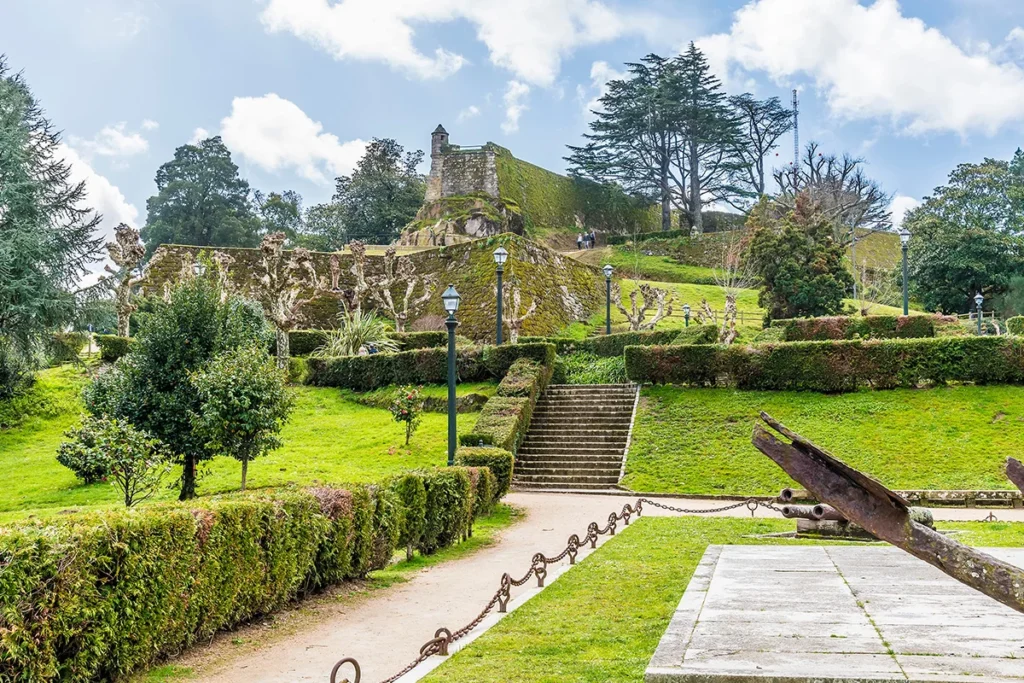
Castro Fortress, built right on the border with Portugal in 1665. The fortress was intended to protect the city of Vigo against invasions by the Portuguese fleet and friendly countries. The defense system consisted of the fortress itself and a series of city walls, of which only fragments have survived.
However, the system did not prove to be very effective and the city was harassed and captured. In 1809, the fortress was occupied by French troops and recaptured by the city’s inhabitants on March 28 in a heroic battle. This day is still a local holiday celebrated in the city. Today, the fortress is an excellent place for walking due to its rich gardens, scenic paths and interesting landscapes.
City of Sculptures
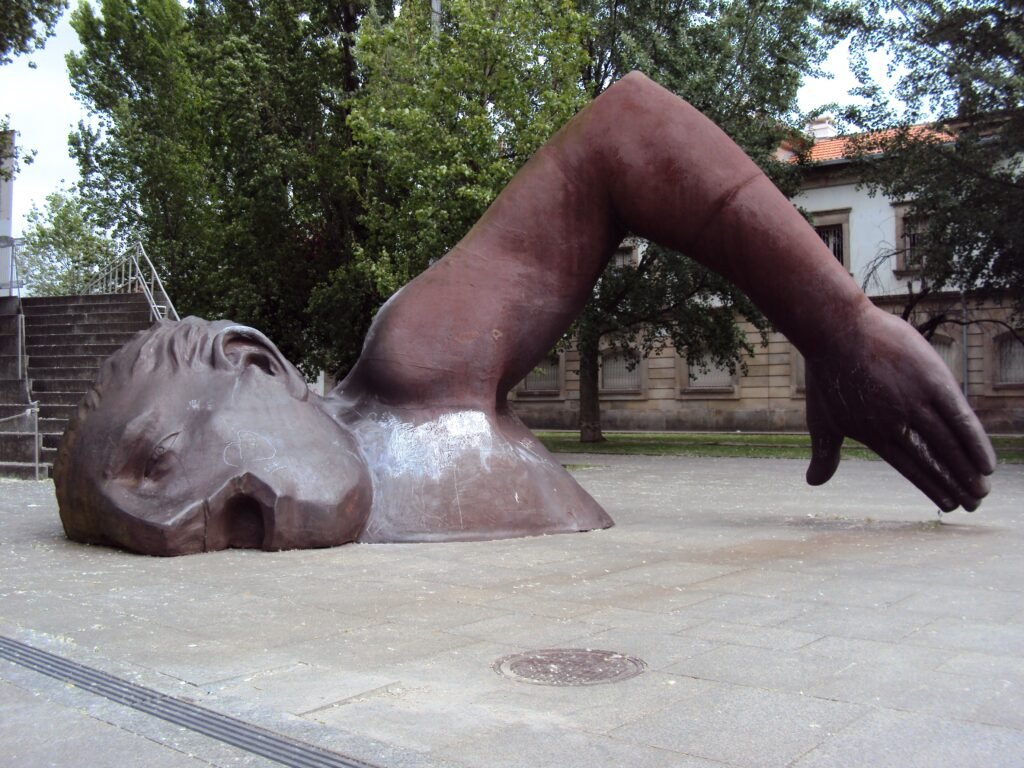
El Nadador
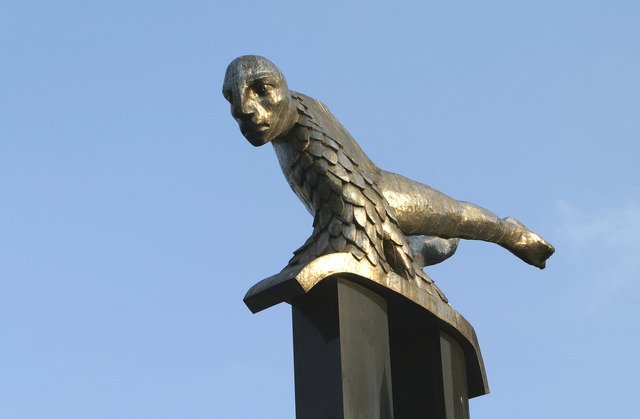
El Sireno
Historic sculptures can be found throughout the city. which beautifully decorate gardens, streets and squares. All works are signed by famous sculptors such as Agustín Querol, Francisco Asorey, Mariano Benlliure, Francisco Leiro, Juan Oliveira, Manuel Buciños and Xoán Piñeiro. Each of them represents a period, an artistic discovery or a historical moment. It’s interesting to discover them while walking around the city, but we recommend the following: El Sireno by Francisco Leiro in Puerta del Sol, El Nadador by the same sculptor in Ría de Vigo and Los Caballos by Juan Oliveira in Plaza de España.
Rodas Beach

Playa de Roda
A real paradise for beachgoers is Rodas Beach. Rodas Beach is the longest beach on Cies Island. The beach forms a crescent of white sand and blue-green waters that encloses a small lake of clear water that separates the islands of Monteagudo and Faro. From Vigo, the beach can be reached in less than an hour by boat. Cíes can be visited from June to September and on weekends in good weather.
Praia da Fontaina
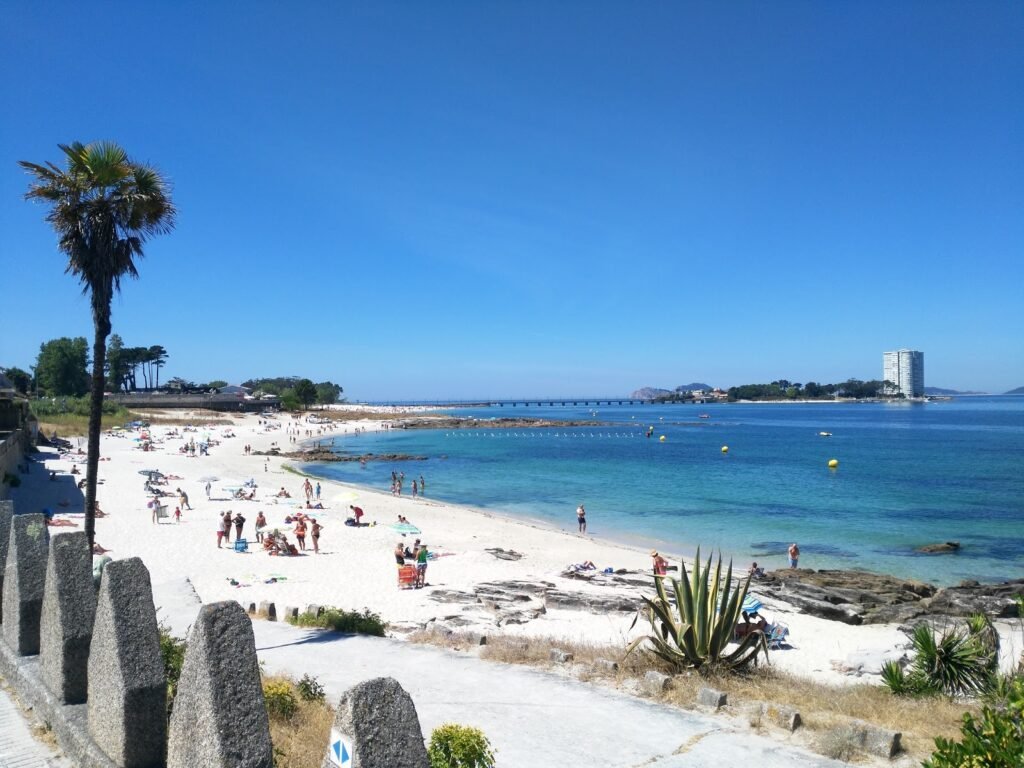
Praia da Fontaina – This is a spacious bay with crystal turquoise water and perfect white sand. Entry of ID is hassle-free. This beach is suitable for all travelers, relaxation lovers, etc. It is not a crowded place during the season. The entire coast of Praia da Fontaina is accessible to everyone. This beach has the following facilities, beach restaurant, shower cabin, toilet. During the season, a lifeguard is on duty on the beach. In addition to swimming and sunbathing, you can also participate in water and beach sports.

